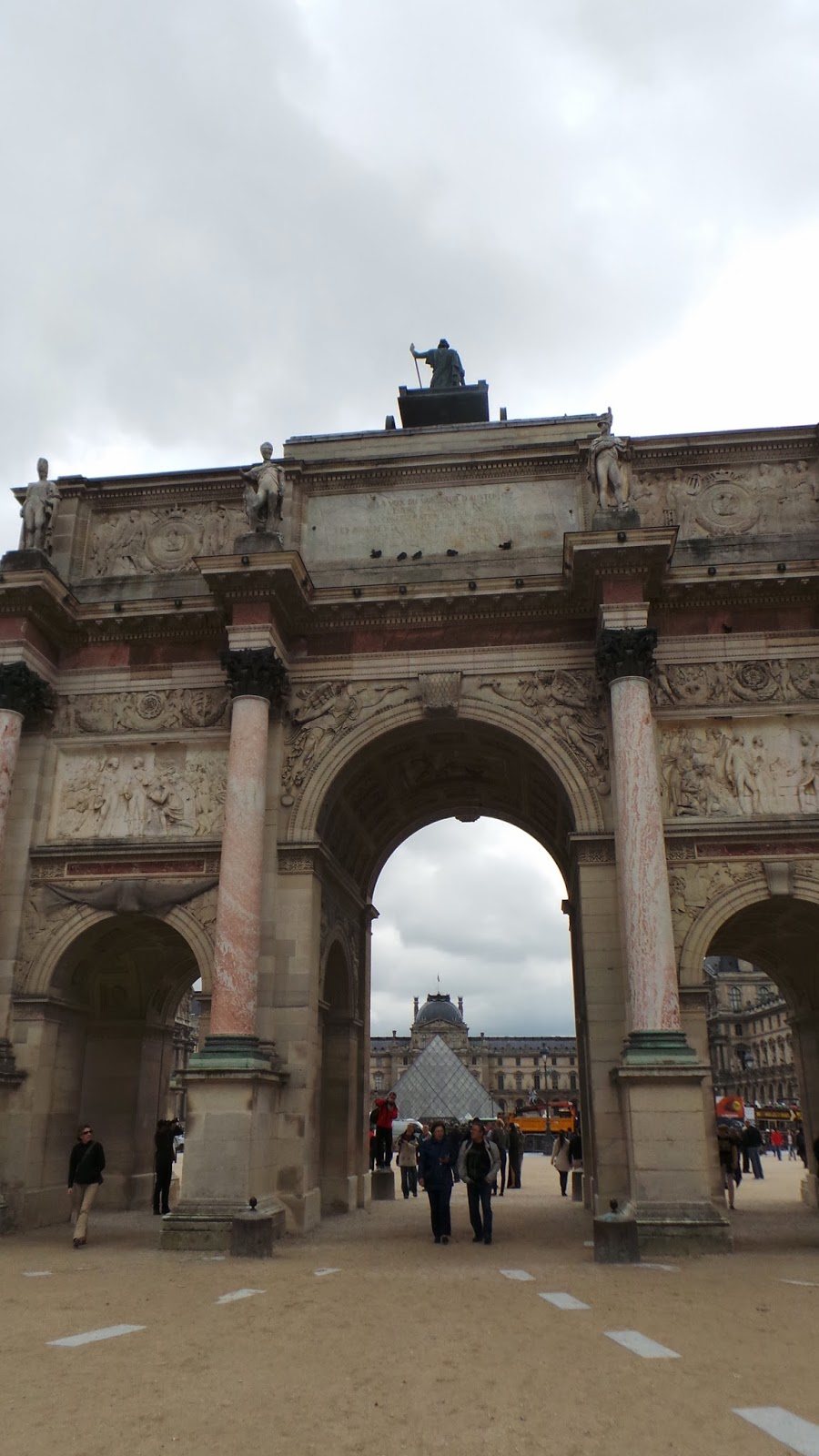The Jardin des Tuileries ( Tuileries Garden or Park) is located between the Louvre and the Place de la Concorde. it is bordered to the south by the Seine River and to the north by the rue St Honore. In the 15th century, Queen Catherine de Medicis ( whose son was to become King) decided to move and stay near the Louvre Palace instead of the then palace at Bastille. A new palace, the Tuileries Palace was built ( which took 300 years to complete). The Queen also comissioned the Tuileries Garden modelled after the Italian Renaissance Garden since Queen Catherine was of the Italian Medici descent.
The area where the garden is now used to be occupied by workshops making tiles - thus the name 'tuileries'. Today it is a park for people to congregate and relax.
The Tuileries Palace unfortunately was burnt down after the French Revolution. It used to be directly in front of the Louvre overlooking the park towards the Place de la Concorde.
The area where the garden is now used to be occupied by workshops making tiles - thus the name 'tuileries'. Today it is a park for people to congregate and relax.
The Tuileries Palace unfortunately was burnt down after the French Revolution. It used to be directly in front of the Louvre overlooking the park towards the Place de la Concorde.
The Arc de Triomphe-like structure shown above now stands at the eastern entrance into the Jardin des Tuileries. It was built by Napoleon de Bonaparte - inspired by the triumphal arch of Septimius Severus in Rome. Napoleon used this garden for military parades and also for his wedding celebration.
Many ancient and modern sculptures are seen at different locations in the garden. There were no flowers in bloom and there was an atmosphere of neglect as I walked through the park. Perhaps with the economic depression, not much money is available to liven up the park.











No comments:
Post a Comment